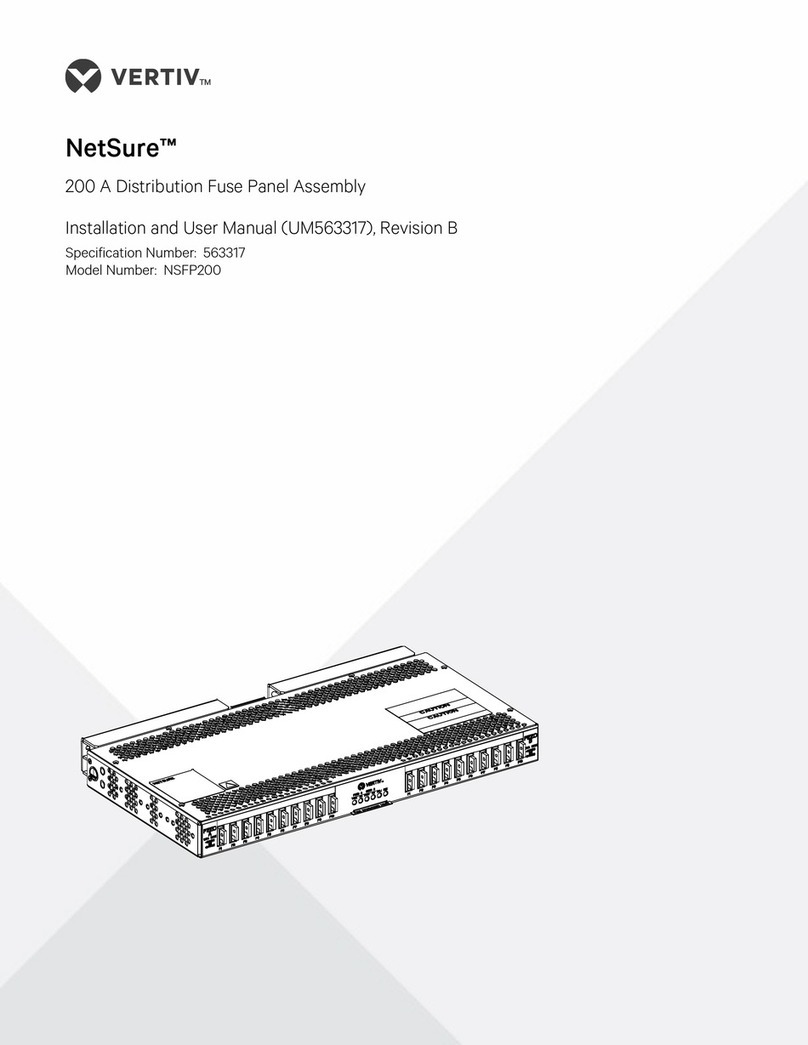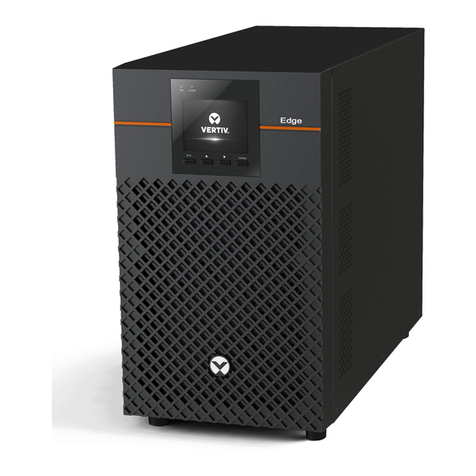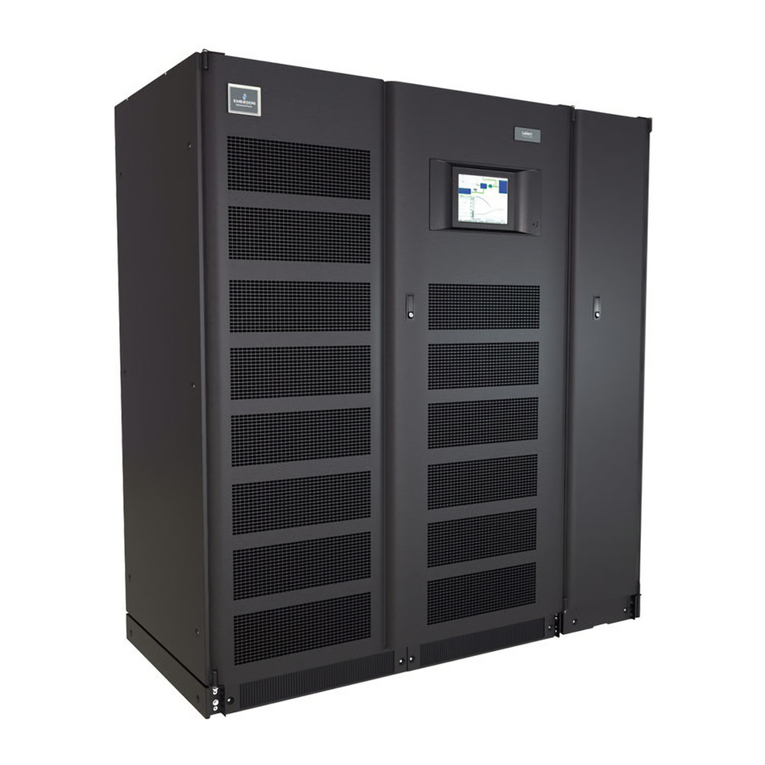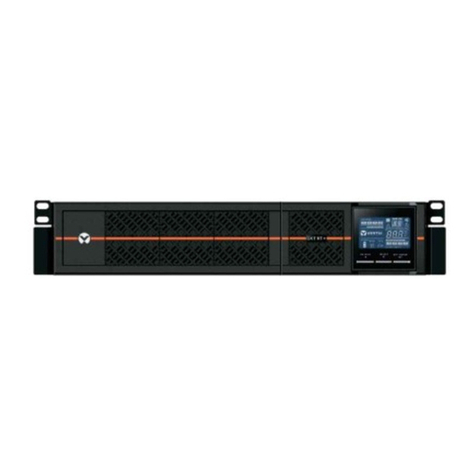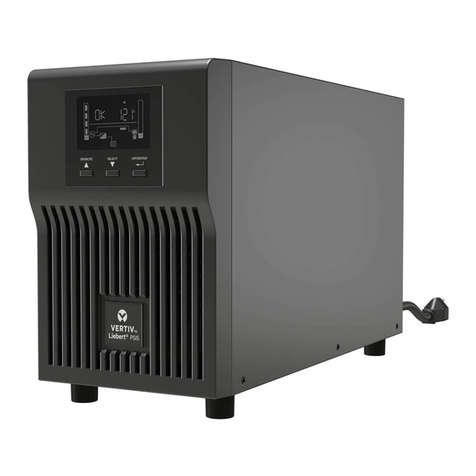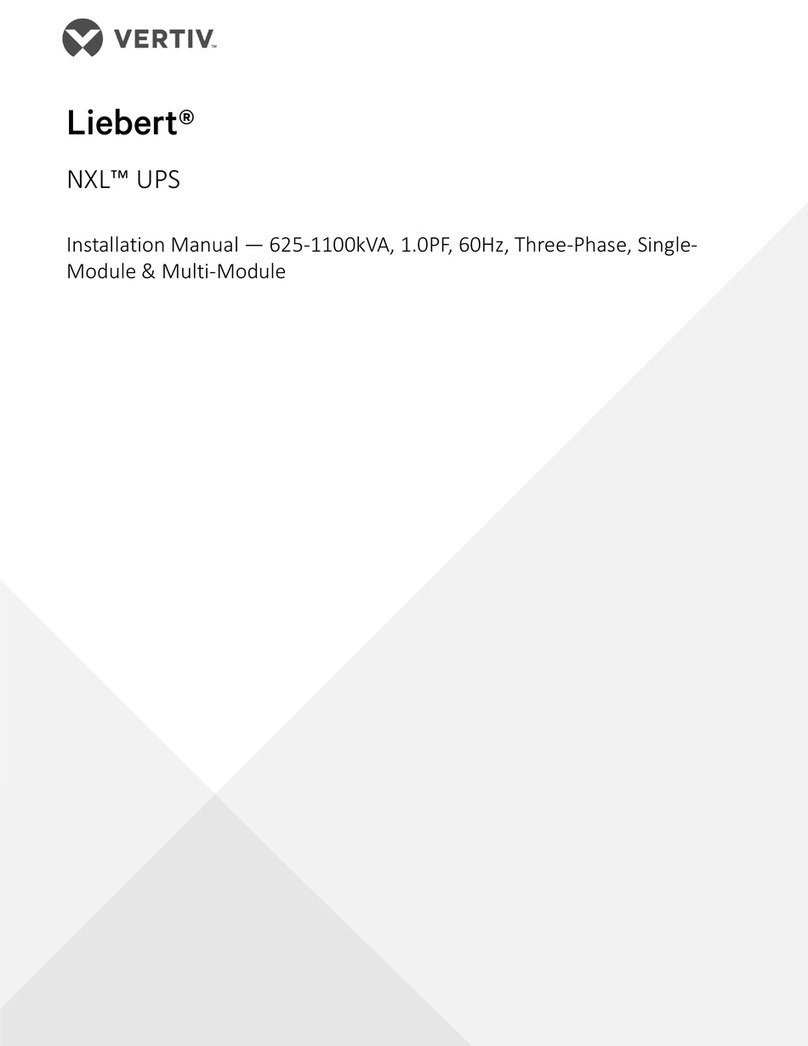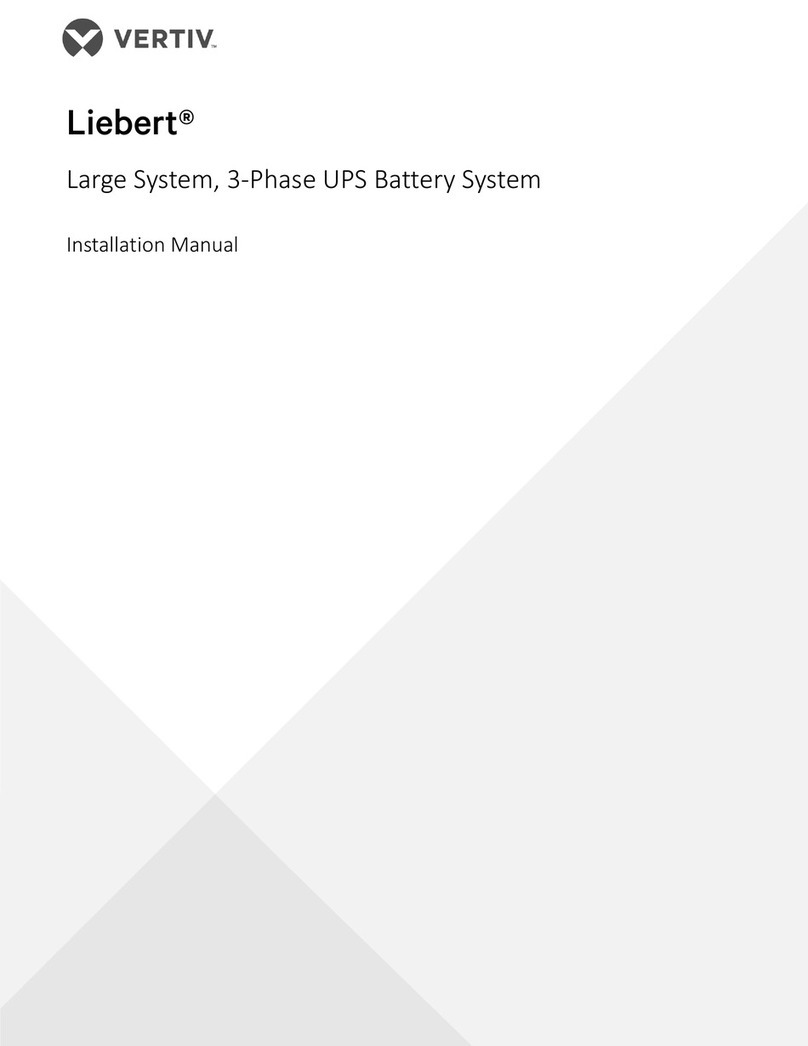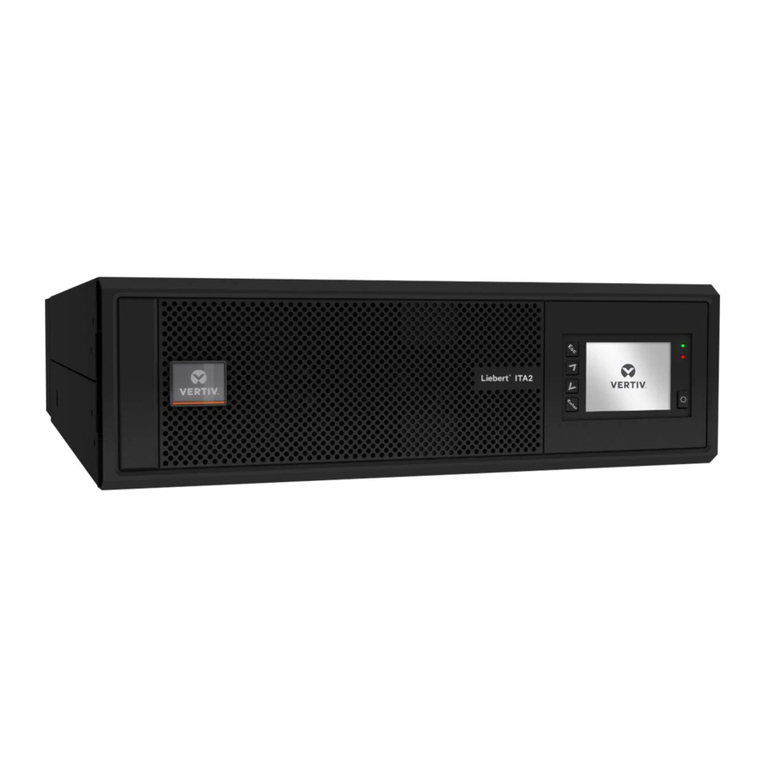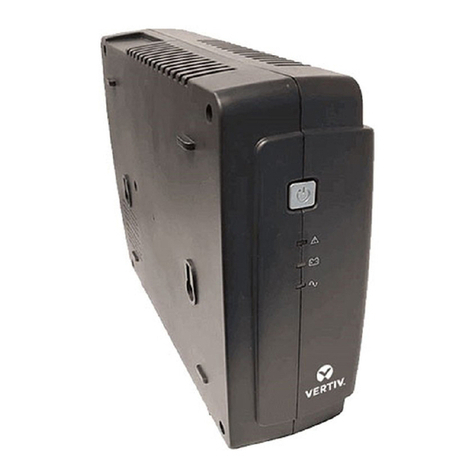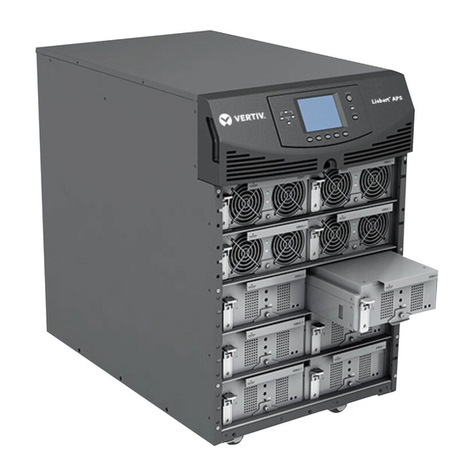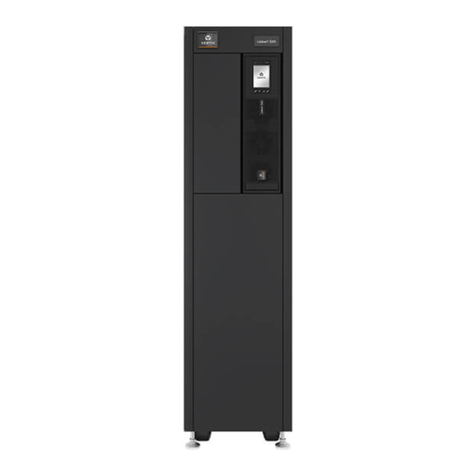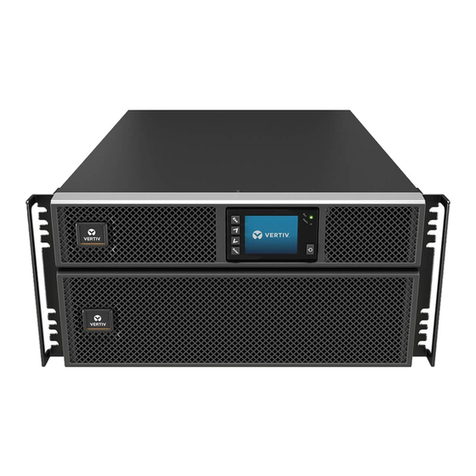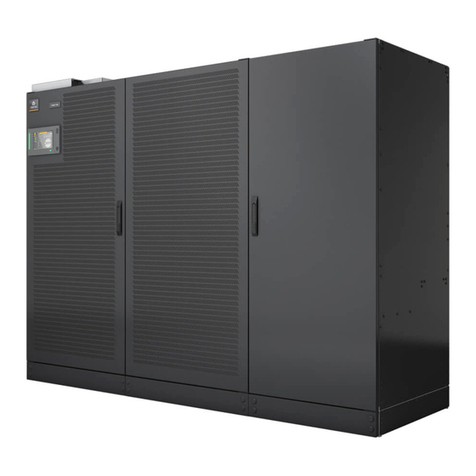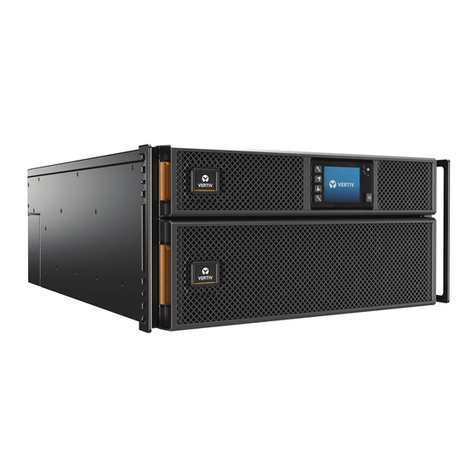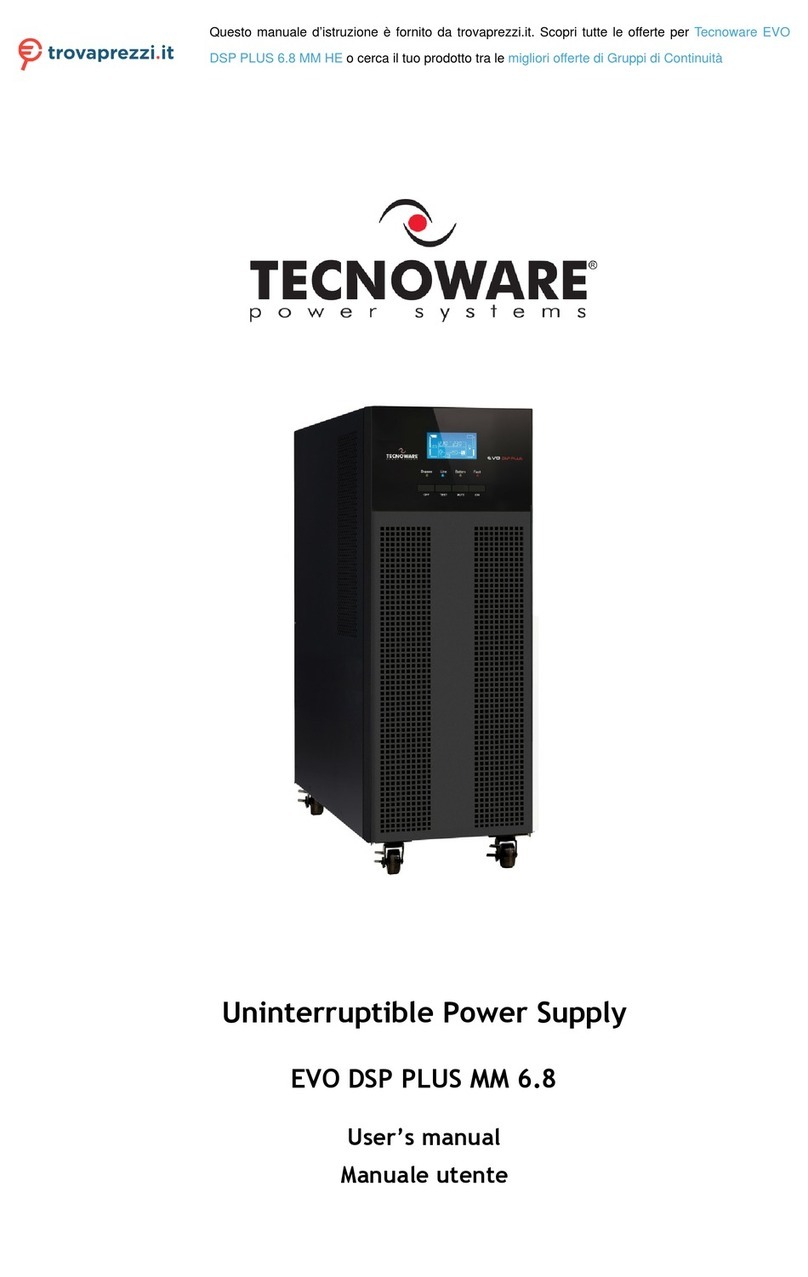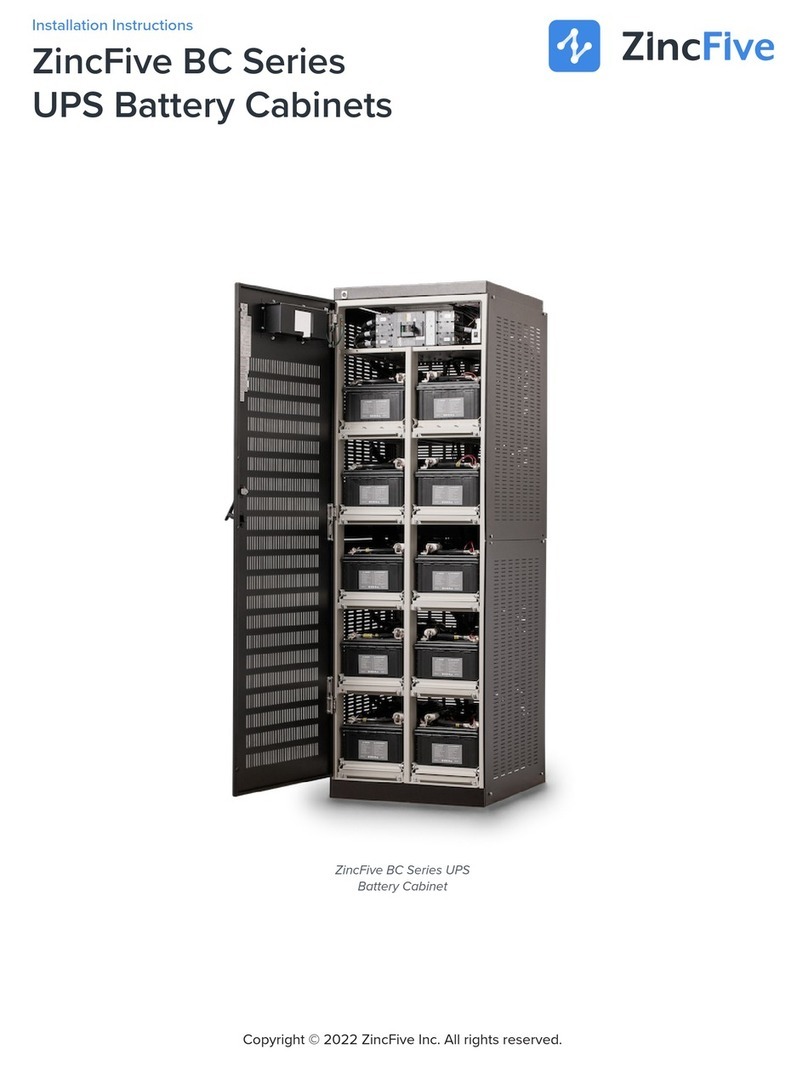
Co n fo rm ity an d s tan dard s
This product complies with CE 2006/95/EC (low voltage safety) and 2004/108/EC (EMC), EMC standards of Australia and
New Zealand (C-Tick), and the following UPS product standards:
•IEC62040-1 General safety requirements for UPS
•IEC62040-2-EMC
•IEC62040-3 Performance requirements and test methods
For details, refer to Specifications .
Continued compliance requires installation in accordance with these instructions and the use of manufacturer approved
accessories only.
W A R N IN G ! H igh earth leak ag e cu rren t: E arth co n n ectio n is critical b efo re co n n ectin g th e in p u t
s u pp ly (in clu din g b o th m a ins s u p ply an d b attery).
T h is equ ip m en t is in s talled w ith an E M C f ilter.
E arth leak a ge cu rren t is les s th an 3000m A .
T ran sien t an d s tead y s ta te earth leak age cu rren ts , w h ich m ay o c cu r w h en th e e qu ipm en t is
s tarted, s h o u ld b e tak en in to acco u n t in th e s elec tio n o f in s tan taneo u s R CCB s o r R CD d evices .
R C CB w h ic h is s en sitive to u n idirectio n a l DC p u ls e (cla ss A ) an d in s en s itive to tran s ien t s tate
cu rren t p u ls e m u s t b e s ele cted .
N o te als o that the earth leak age c urren ts o f th e lo ad w ill b e carried b y th e R CCB s o r R CDs.
T h e eq u ipm en t m us t b e earth ed in acco rdan ce with th e lo cal electric al co de o f practic e.
W A R N IN G ! T h e s electio n o f th e u ps tream dis tribu tio n p ro tectio n eq u ipm en t o f th e UP S s hall
be s elected in ac co rd ance w ith th e details and s h all co m ply w ith th e lo cal electric al regu latio ns .
W A R N IN G ! B ack feed ing p ro tectio n
T h is UP S is fitted w ith a dry co n tact clo s u re sig nal fo r u s e w ith an external au to m atic
dis co nn ect d evice (s u pplied by o th ers ) to p ro tect ag ains t b ac k feed in g vo ltage in to th e
in co m in g term in al th ro u g h th e rectifier o r b yp as s s tatic s w itc h circu it. A lab el m u s t b e add ed at
all extern al in co m ing p rim ary su pp ly d is co n n ec t d evice to w arn service p erso n n el th at th e c ircu it
is co n n ected to a UP S . T h e text o f th e lab el h as th e fo llo win g m ean in g: R is k o f vo ltag e
back feed! Iso late th e UP S , th en ch ec k fo r h azard o u s vo ltag e betw een all term in als in clu d ing th e
pro tective earth befo re w o rk in g o n th is circu it.
User s erviceab le co m po nen ts (F o r service p ers o n nel)
All equipment maintenance and servicing procedures involving internal access requires the use of a tool and should be
carried out only by trained personnel. There are no user-serviceable parts behind covers requiring a tool/key for removal.
1 Important Safety Instructions
2
Vertiv™ Liebert® EXM2 UPS User Manual
